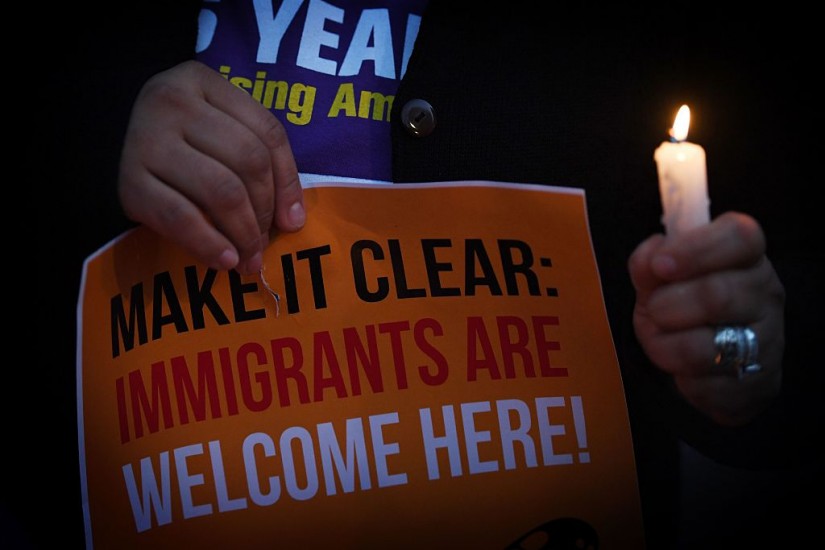The specific name “sanctuary cities” comes from 1980s protests against federal immigration policies that denied asylum to refugees from El Salvador and Guatemala. San Francisco led the way by passing a city ordinance in 1985 that specifically forbade city police or civil magistrates from assisting federal immigration officers. Other cities followed suit. So too did organizations not licensed by the state, like churches. One recalls the ferocity of Father Luis Olivares, pastor of La Placito in Los Angeles, who designated his church as a “sanctuary” for the poor, homeless, and the undocumented. More recently, sanctuary cities have pushed back against aggressive federal deportation under George W. Bush and Barack Obama. There are more than 300 jurisdictions (cities and counties) around the country that withhold cooperation from federal immigration officers today.
Trump’s executive order demands compliance from state governments. There is no hint of a carrot, although there is some queer language about it being Trump’s policy to “empower” local police (empower being a word I associate with snowflakes and leftists). The big stick is the withholding of federal funding, but the more surreal part is the manner in which this is done. The order allows the Secretary of Homeland Security to designate (at his discretion) a city or county as a “sanctuary jurisdiction” and the Attorney General has the power to deny such sanctuaries any federal moneys.[2] The big prizes should be obvious—New York, San Francisco, Chicago, Los Angeles; blue cities full of people Trump fears and loathes.
Sanctuary cities actually have a long history in America that has always been bound up—in a good way—in the problem of American federalism. The sanctuary city was home to America’s first significant class of refugees—fugitive slaves. Petitions to the first meetings of Congress in the 1790s praised sanctuary cities and even sought federal protection for refugees. Slaveholders complained about it to no end, petitioning state and federal governments alike for stricter laws. The problem, claimed slaveholders, was that existing federal law (the Fugitive Slave Act of 1793) was insufficient to guarantee slaveholders their rights, protected explicitly by Article IV, Section 2 of the Constitution. Chief among slaveholders’ demands was that state officers (law enforcement, magistrates, and judges alike) be compelled to enforce the federal Fugitive Slave Act.
